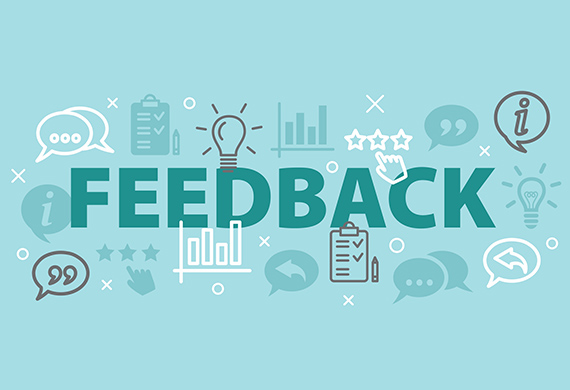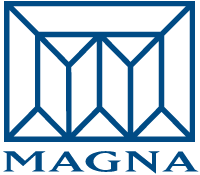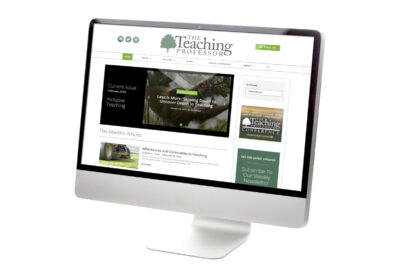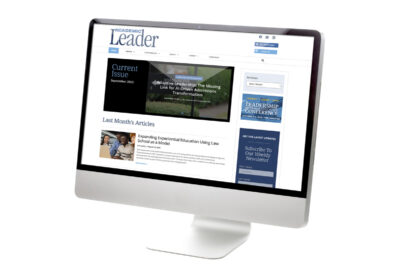20-Minute Mentors
How Can Improving Student Feedback Improve the Quality of Each Educational Encounter?
By viewing student feedback through alternative lenses, faculty and administrators are able to better understand and manage mismatched definitions of rigor. Careful consideration of student feedback can lead to instructional and policy changes that facilitate closer alignment of expectations regarding rigor, assessment, and learning.

Purchase Options
How Can Improving Student Feedback Improve the Quality of Each Educational Encounter?
When it comes to feedback about course quality, students and teachers aren’t necessarily using the same yardstick. How hard is it to get a good grade? That’s typically the student concern, whereas faculty are more concerned about developing critical thinking skills. Faculty know learning takes time and considerable effort, while students may be more focused on grades than learning.
Interpreting student comments and feedback needs to take these divergent perspectives into consideration.
Purchase the How Can Improving Student Feedback Improve the Quality of Each Educational Encounter? 20-Minute Mentor program, presented by Lolita Paff, PhD. Youll explore how students beliefs about learning and their definitions of rigor impact end-of-course evaluations. This program begins by considering alternative interpretations of typical student comments, then identifies ways to help students provide more meaningful feedback, and offers ideas for organizing and interpreting feedback to maximize its effectiveness.
Learning Goals
Upon completion of this program, you’ll be able to:
- Recognize how alternative definitions of rigor and mismatched expectations impact student feedback
- Apply strategies that improve the quality of student feedback
- Consider alternative interpretations, questions, and lenses for evaluating student feedback
- Build a culture of feedback and responsiveness
- Organize, interpret, and share feedback data
Topics Covered
- Faculty definitions of rigor vs. student definitions of rigor
- Effective student feedback
- Rewriting evaluations to emphasize the learning experience
- Factors that influence how students view a course
- Interpreting student comments
- Alternative ways to structure how student feedback is reported
Audience
This program will benefit faculty, deans, and program directors.
Purchase
By viewing student feedback through alternative lenses, faculty and administrators are able to better understand and manage mismatched definitions of rigor. Careful consideration of student feedback can lead to instructional and policy changes that facilitate closer alignment of expectations regarding rigor, assessment, and learning. Purchase this program today!
Product Code: PM18EA
Campus Access License
With the purchase of the optional Campus Access License, registrants are granted a license to download the program contents to a password-protected network, server, or website for additional staff use. You will receive information on downloading the contents of the program within 3-5 business days after payment has been received by Magna.
Meet Your Presenter

Purchase Options
*On-demand access begins on date of purchase.
If you are not completely satisfied with your purchase, you may cancel the order within 30 days of purchase and receive a full refund.
More Resources
20-Minute Mentors
-
Mind-Body Practices to Help Faculty Manage Stress and Build Resilience
- $39.00 – $499.00Price range: $39.00 through $499.00
- Select options This product has multiple variants. The options may be chosen on the product page
-
Game On! Collaborative Learning Techniques for the Modern Classroom
- $39.00 – $499.00Price range: $39.00 through $499.00
- Select options This product has multiple variants. The options may be chosen on the product page
-
How Can Gamification Transform the Flipped Classroom?
- $39.00 – $499.00Price range: $39.00 through $499.00
- Select options This product has multiple variants. The options may be chosen on the product page
Group Subscription Options
-
Monday Morning Mentor
- $1,049.00
- Add to cart
-
The Teaching Professor Group Subscription
- From: $1,899.00 for 1 year
- Select options This product has multiple variants. The options may be chosen on the product page
-
Academic Leader Group Subscription
- From: $1,899.00 for 1 year
- Select options This product has multiple variants. The options may be chosen on the product page






